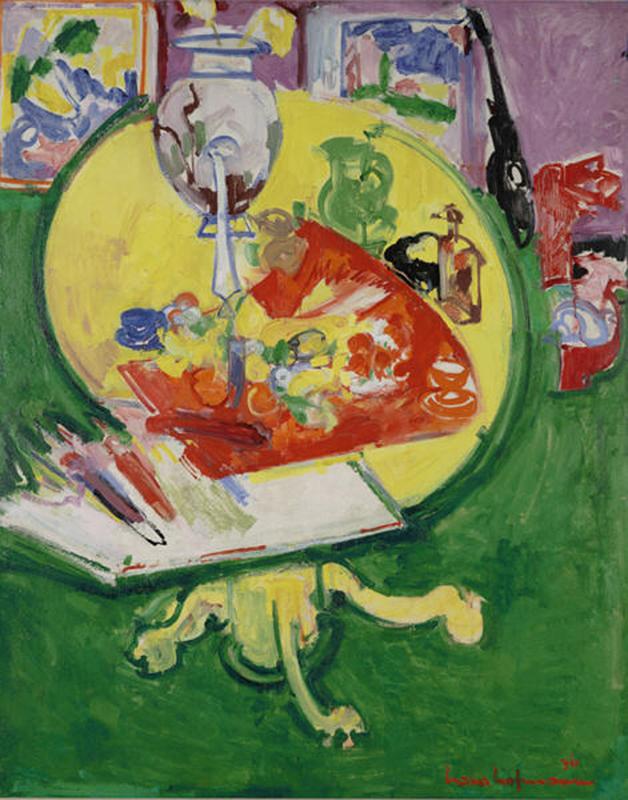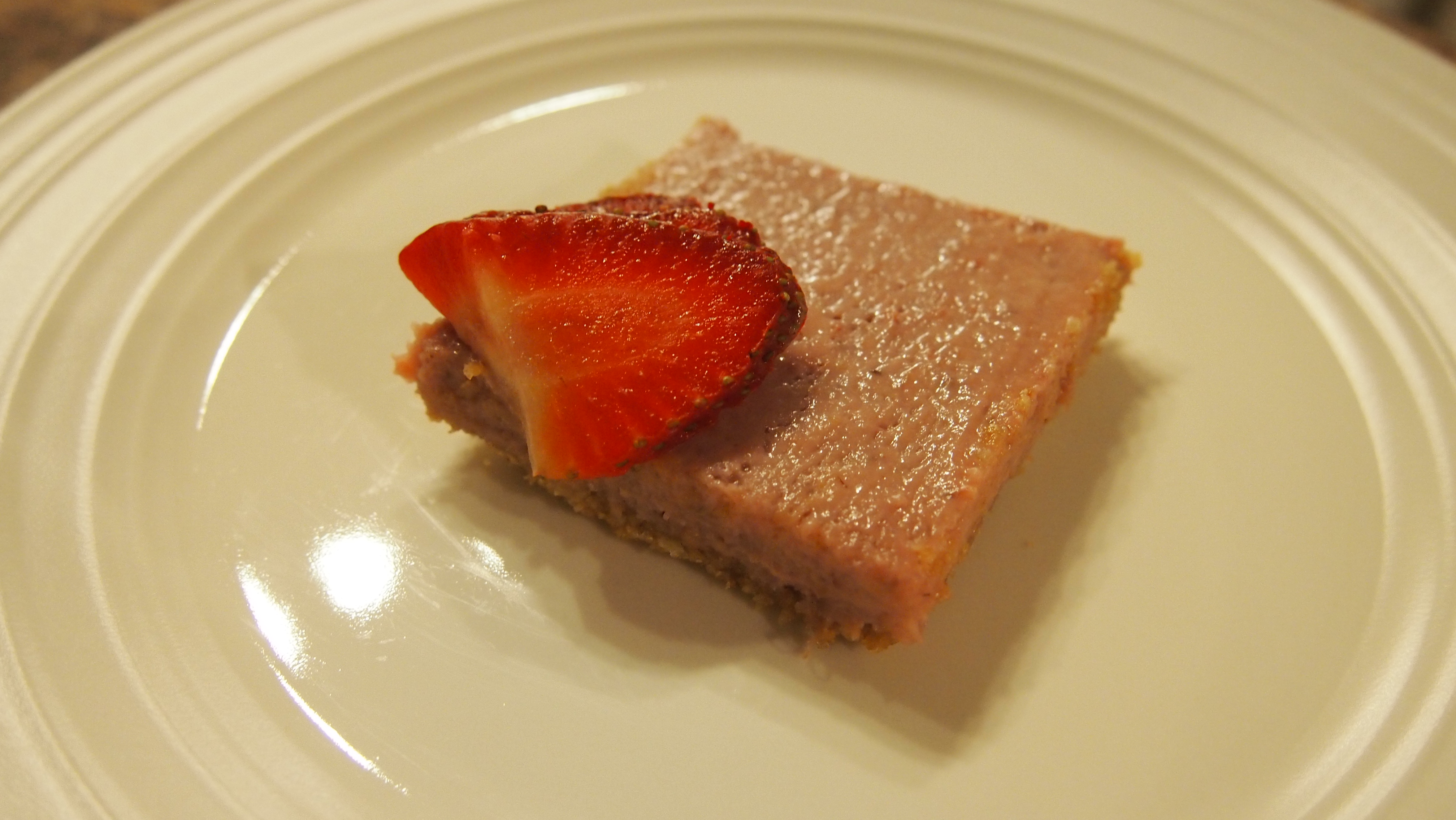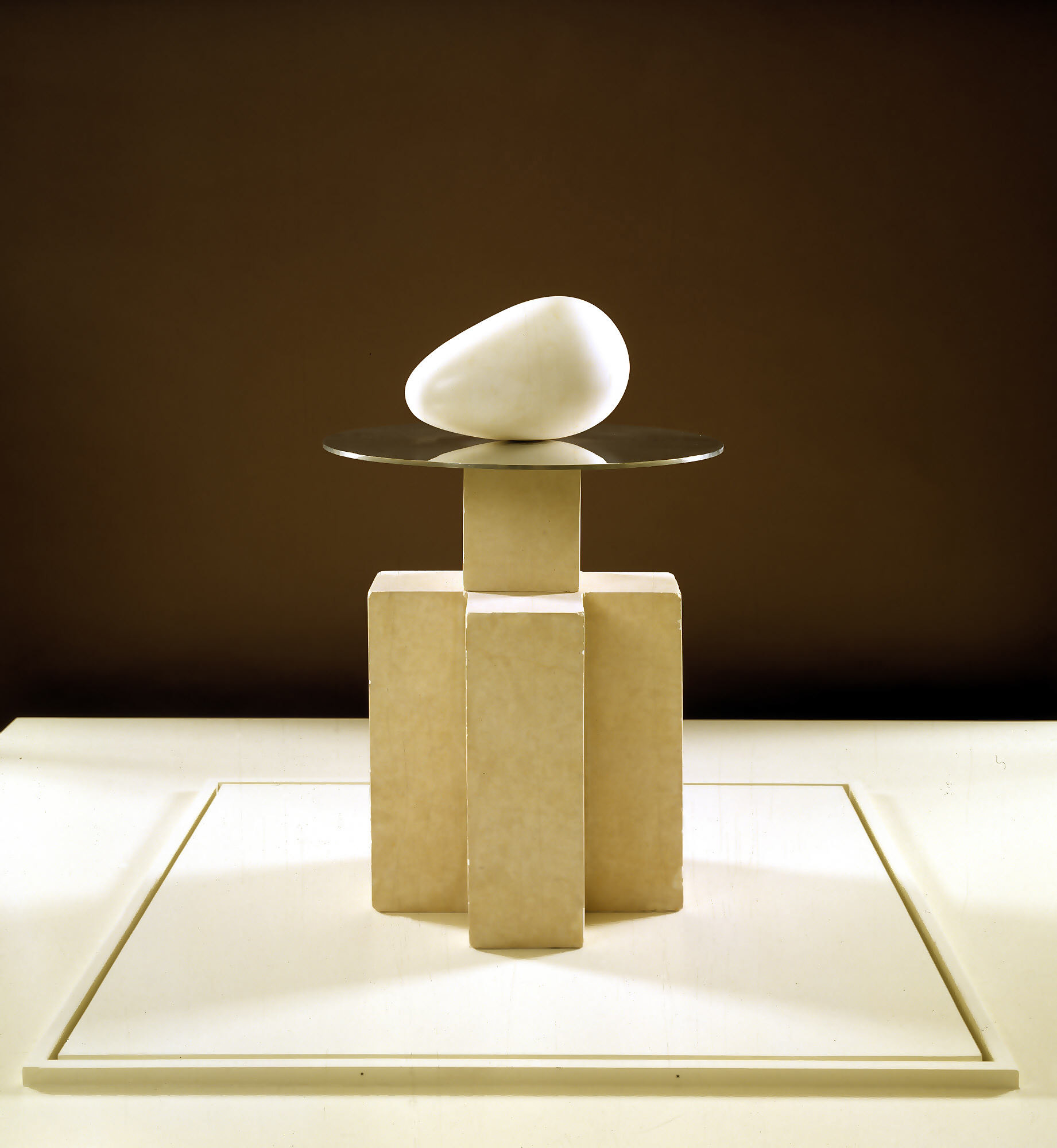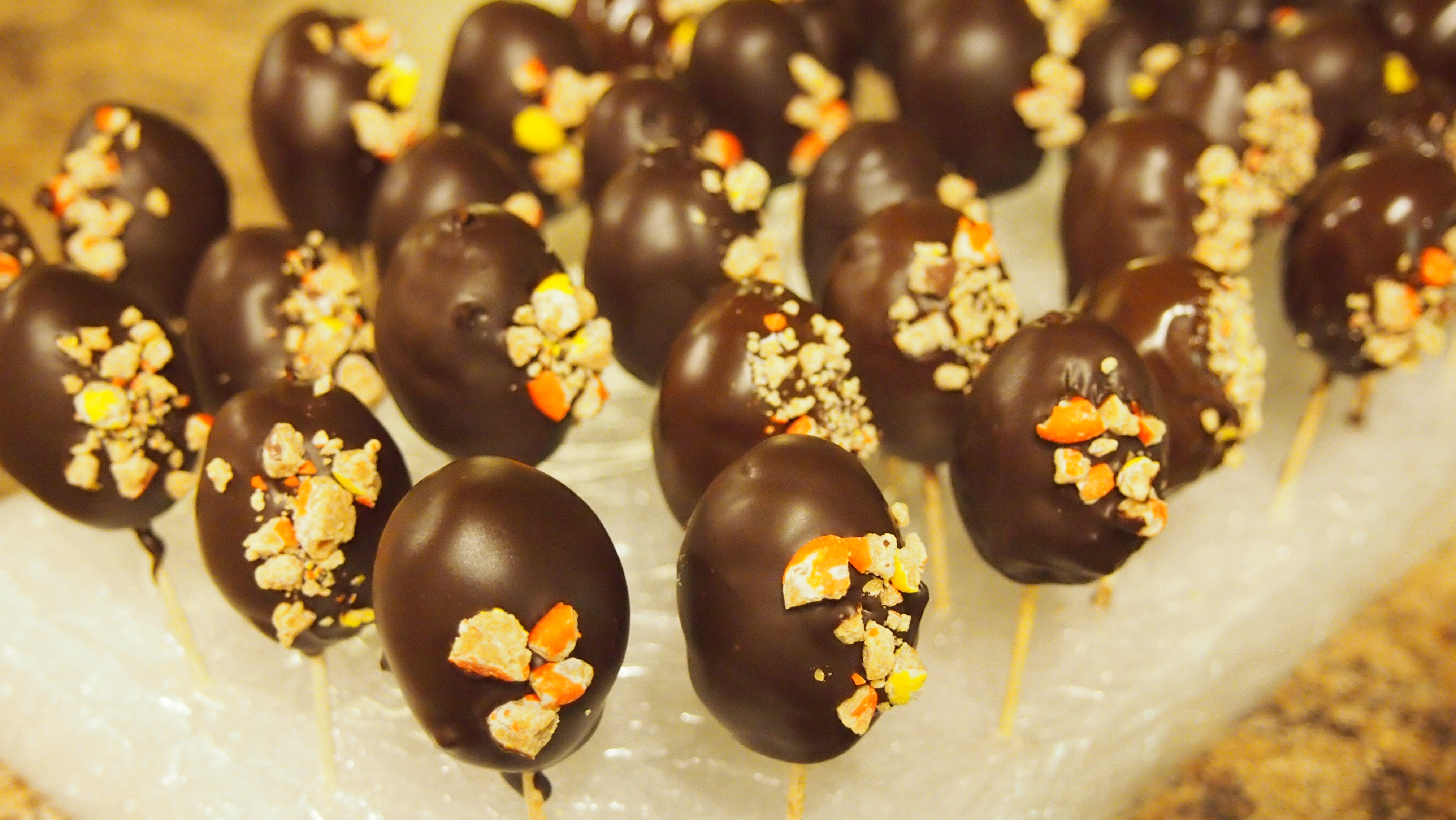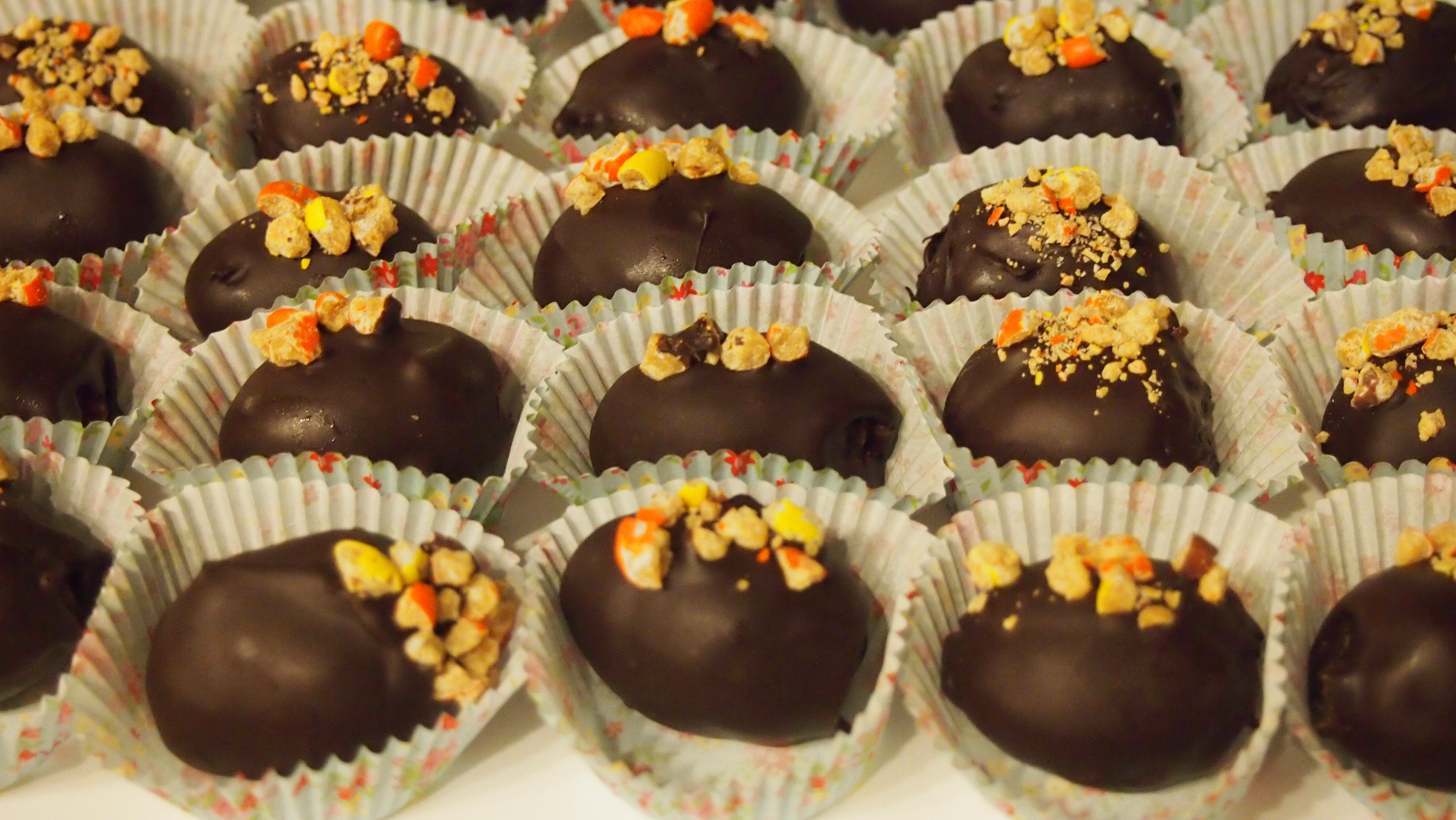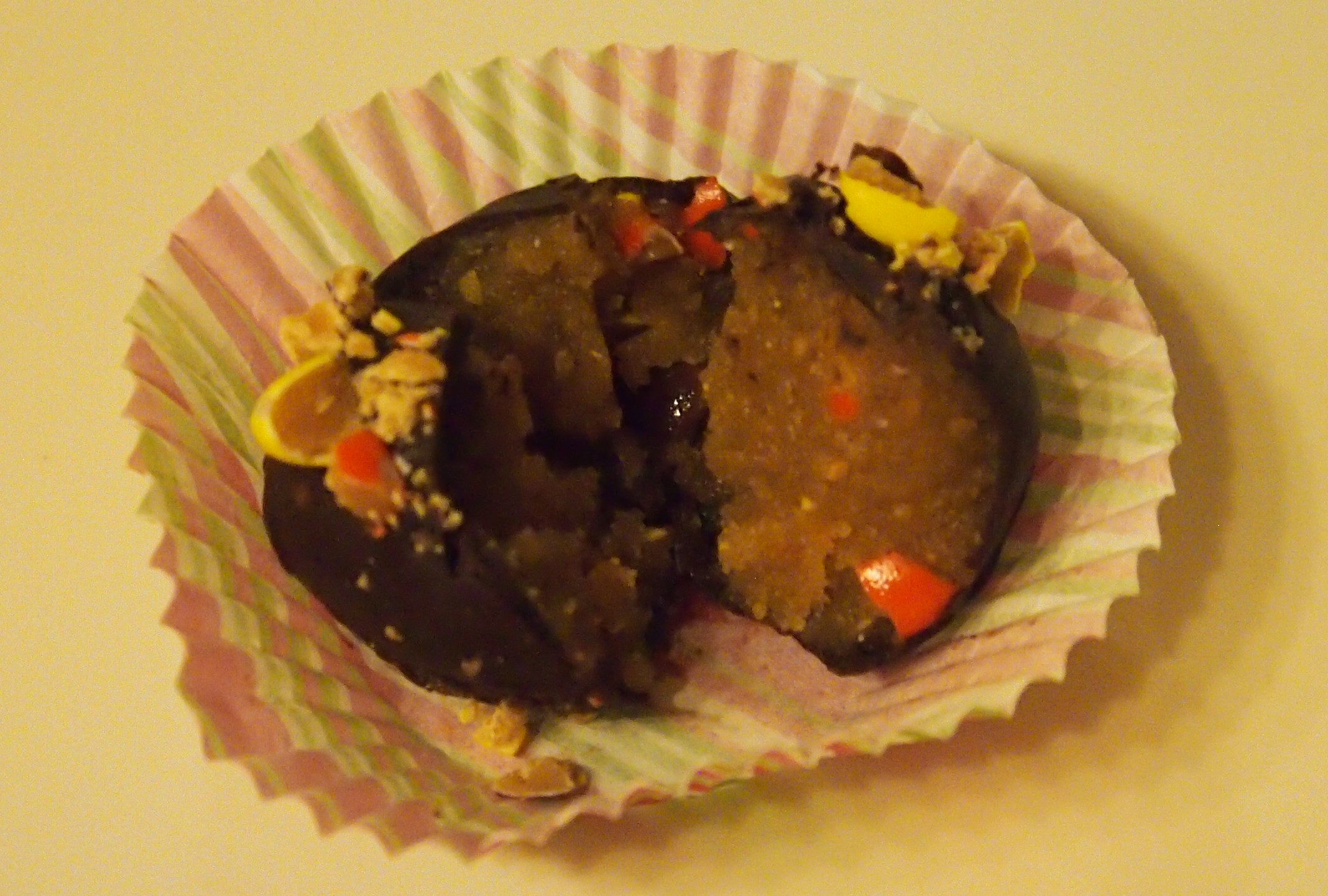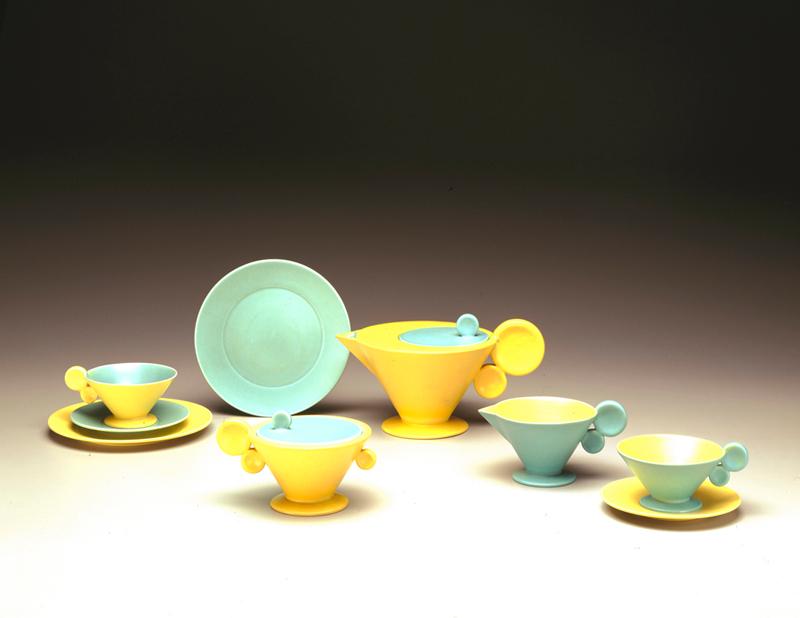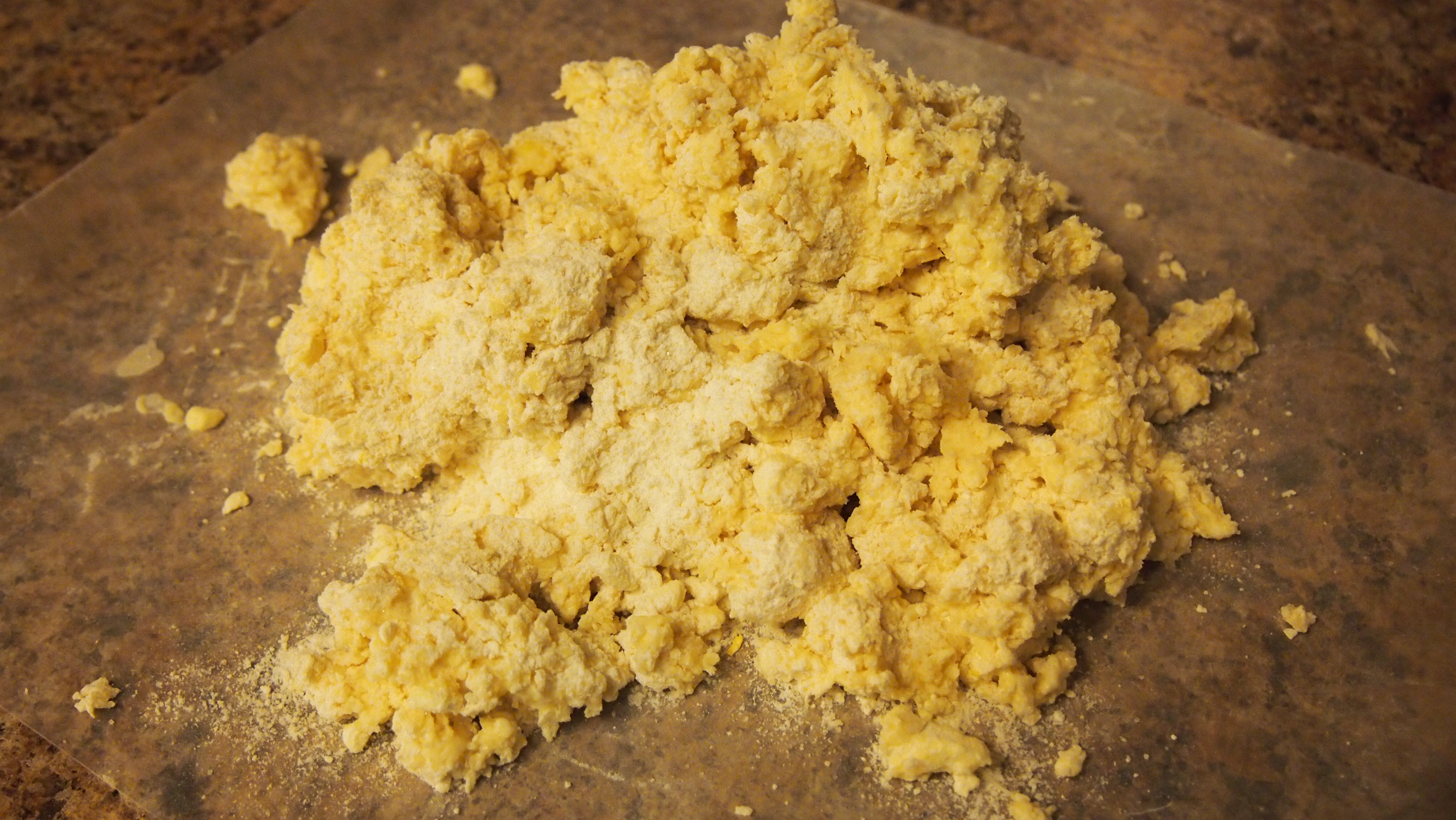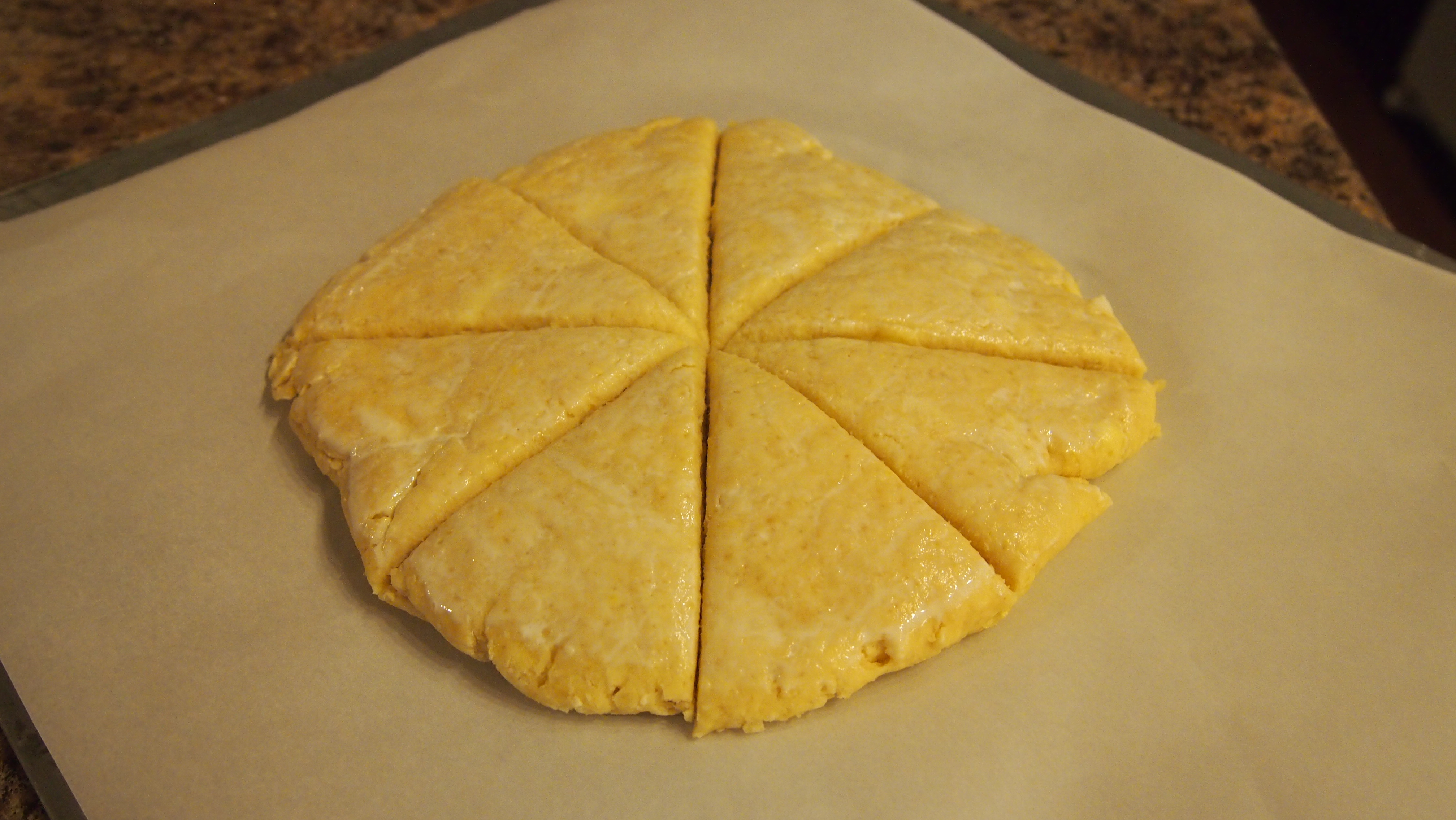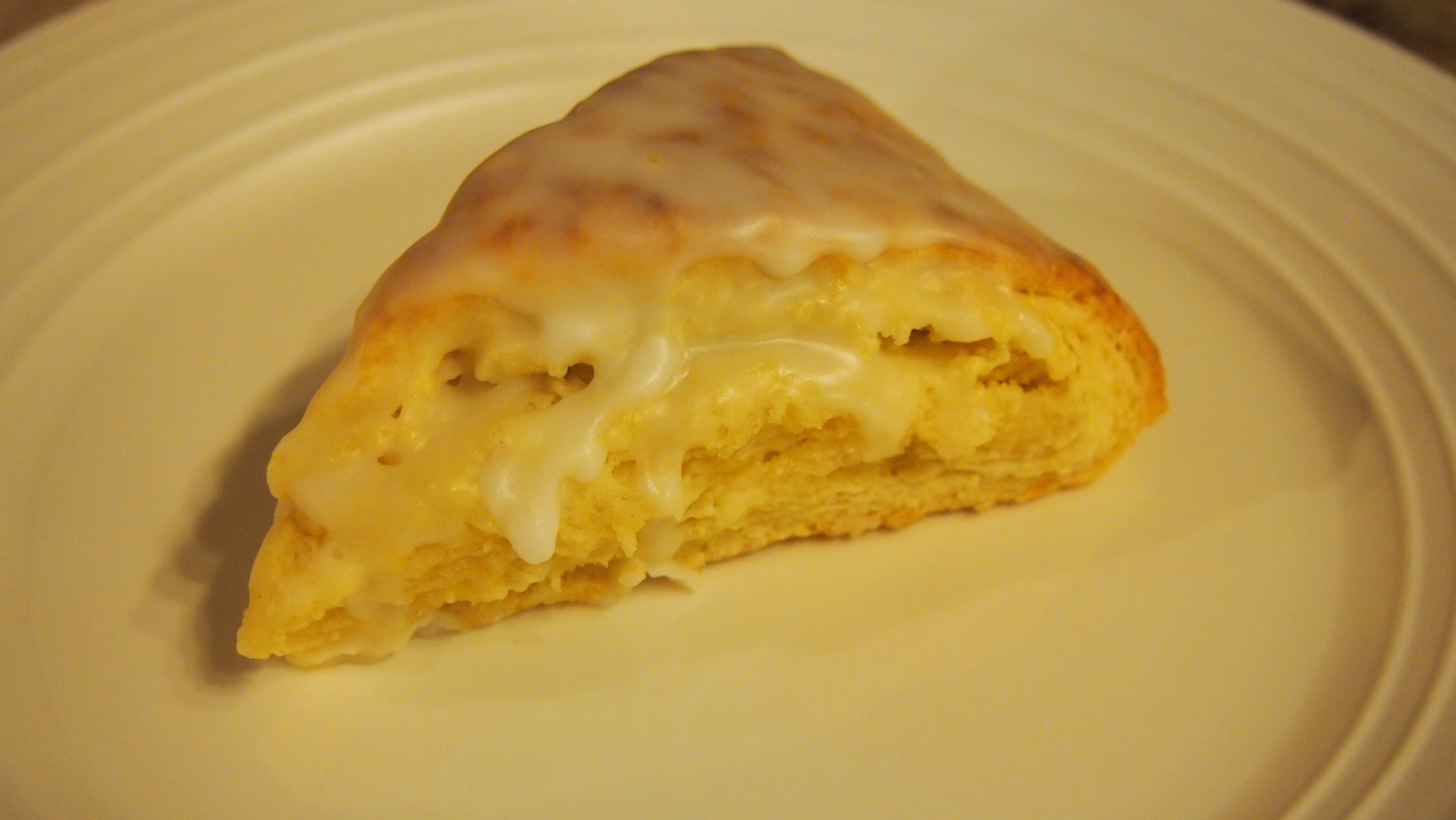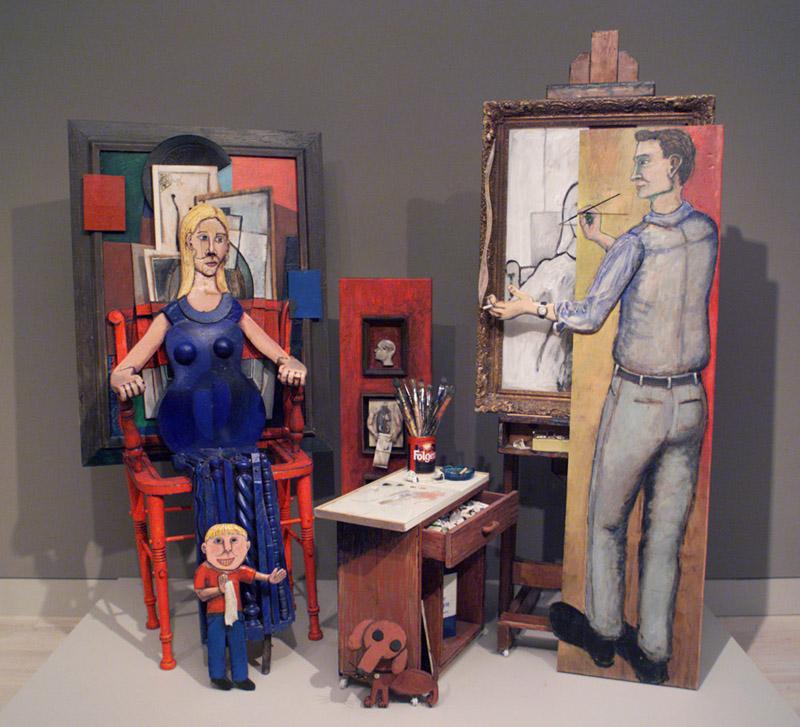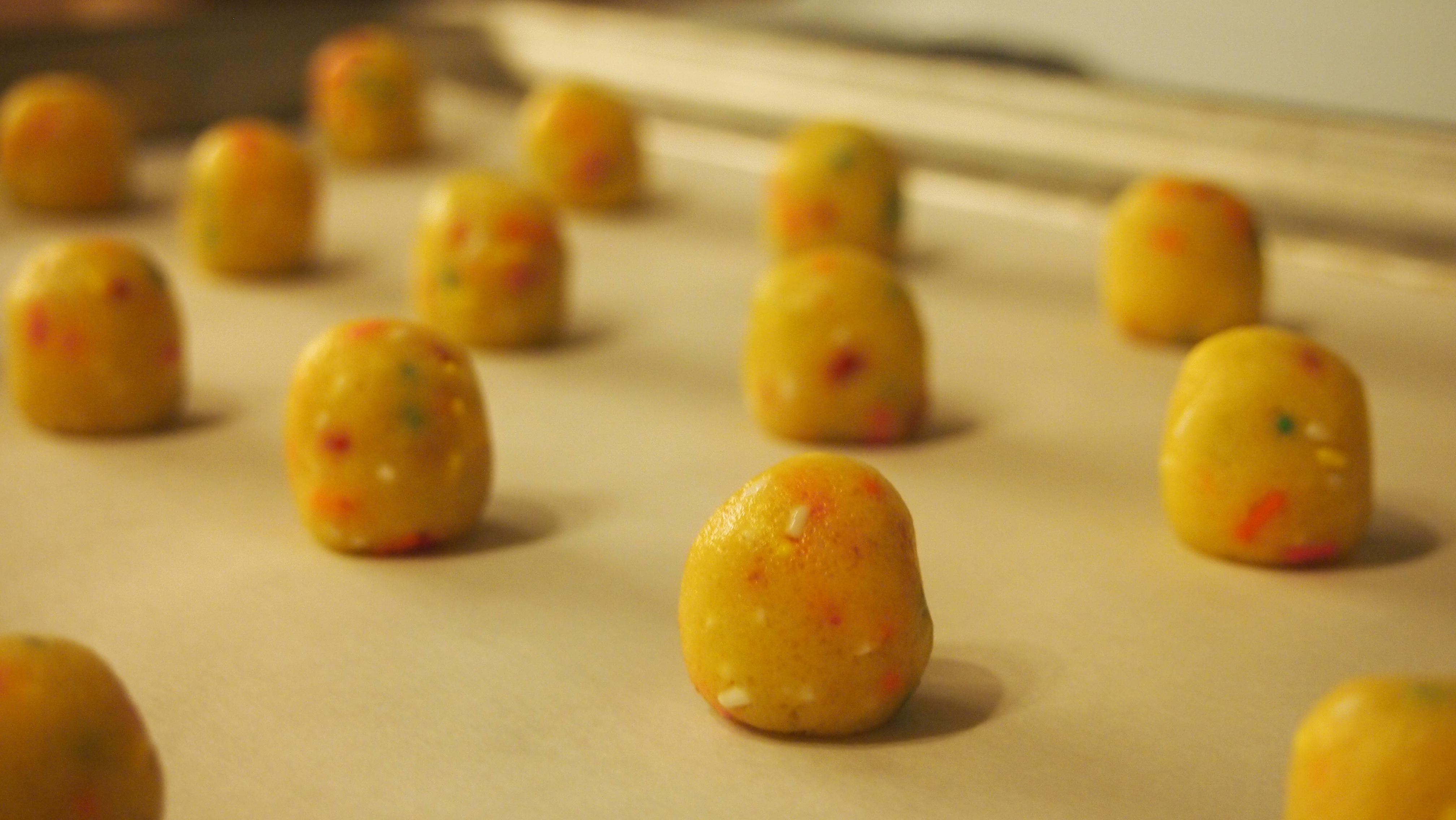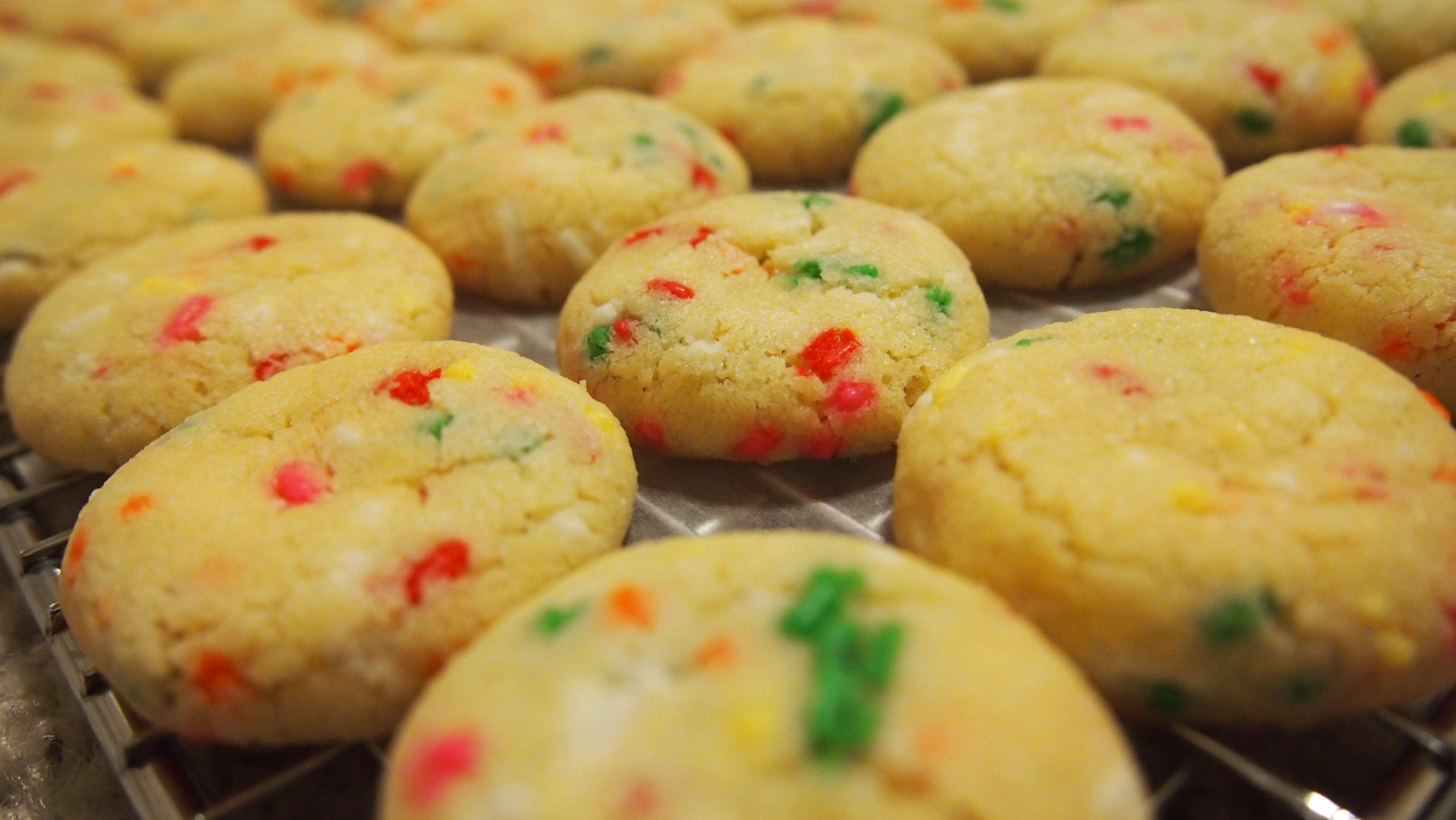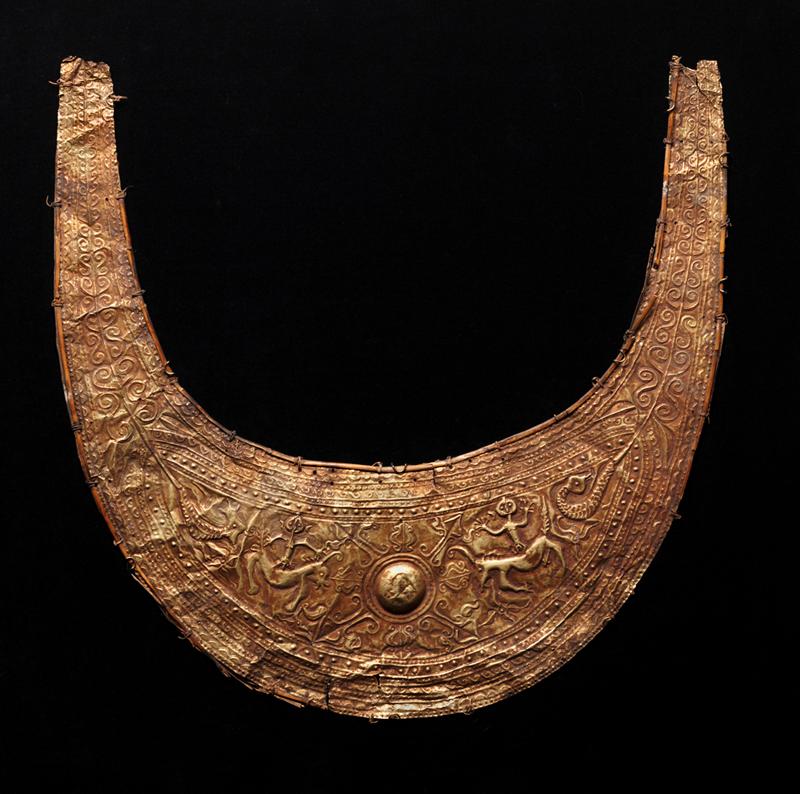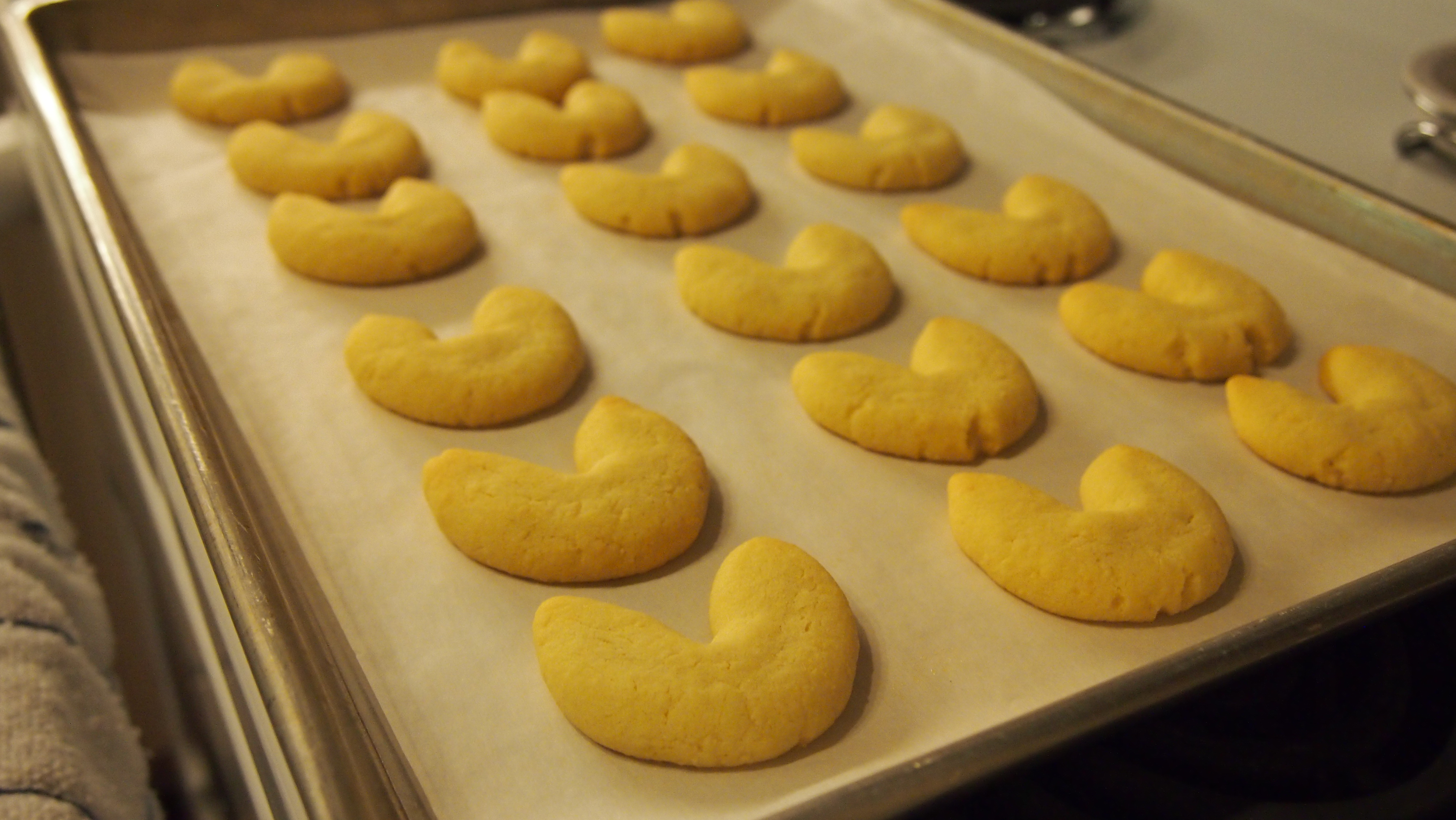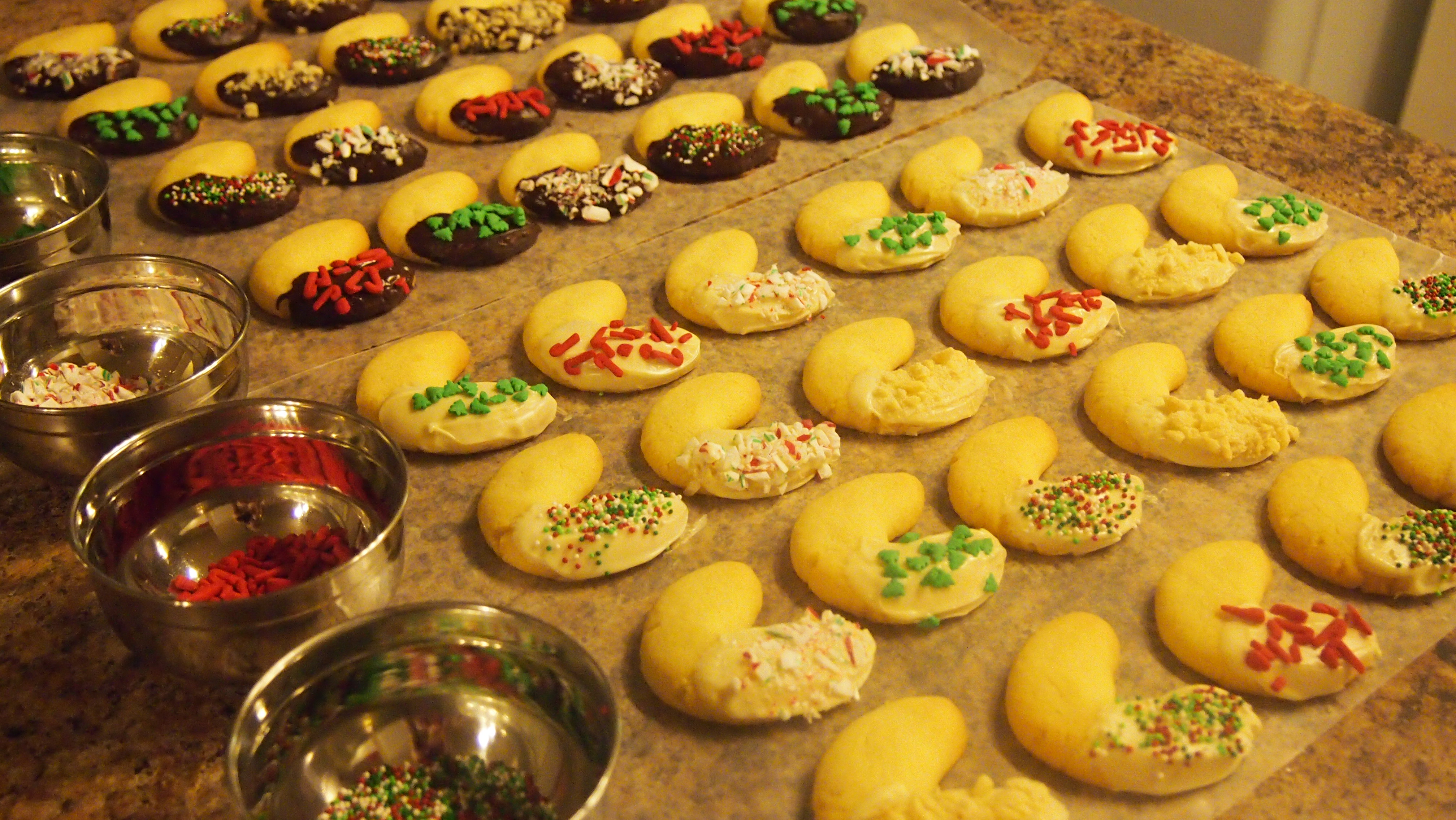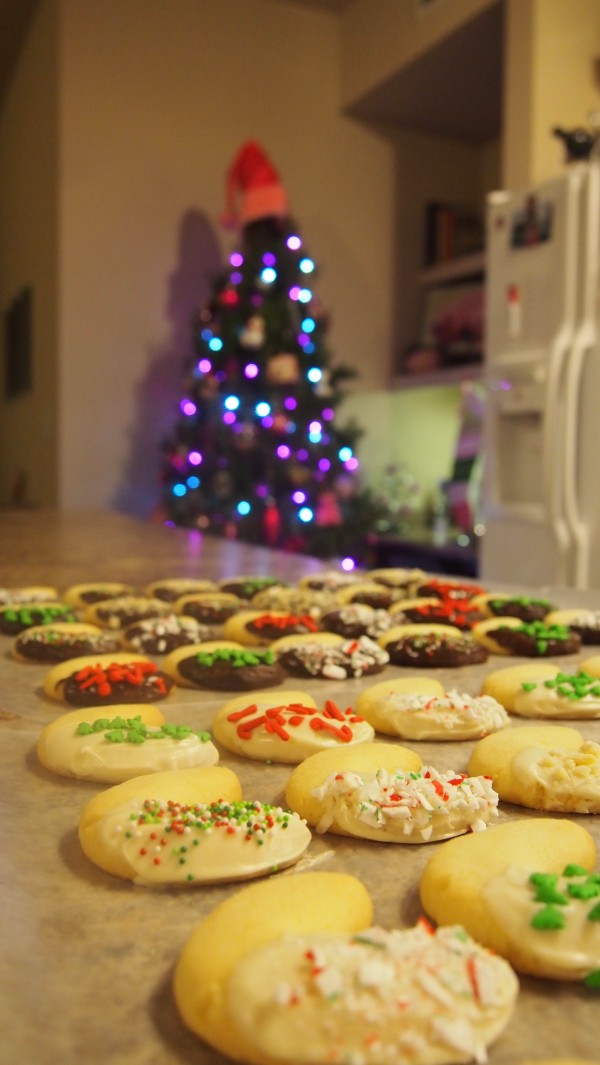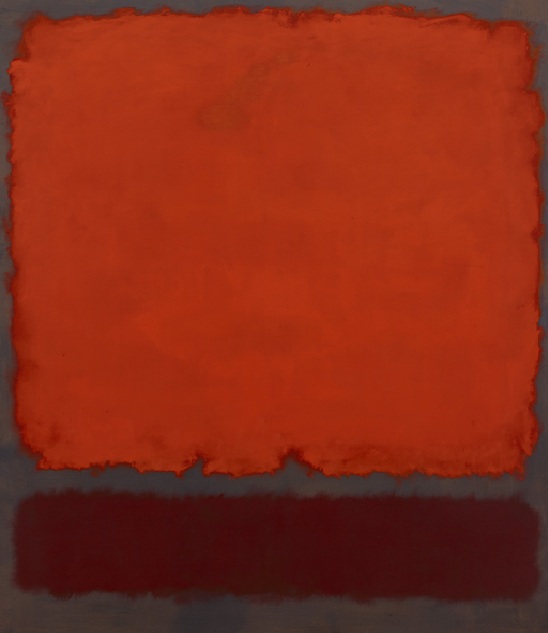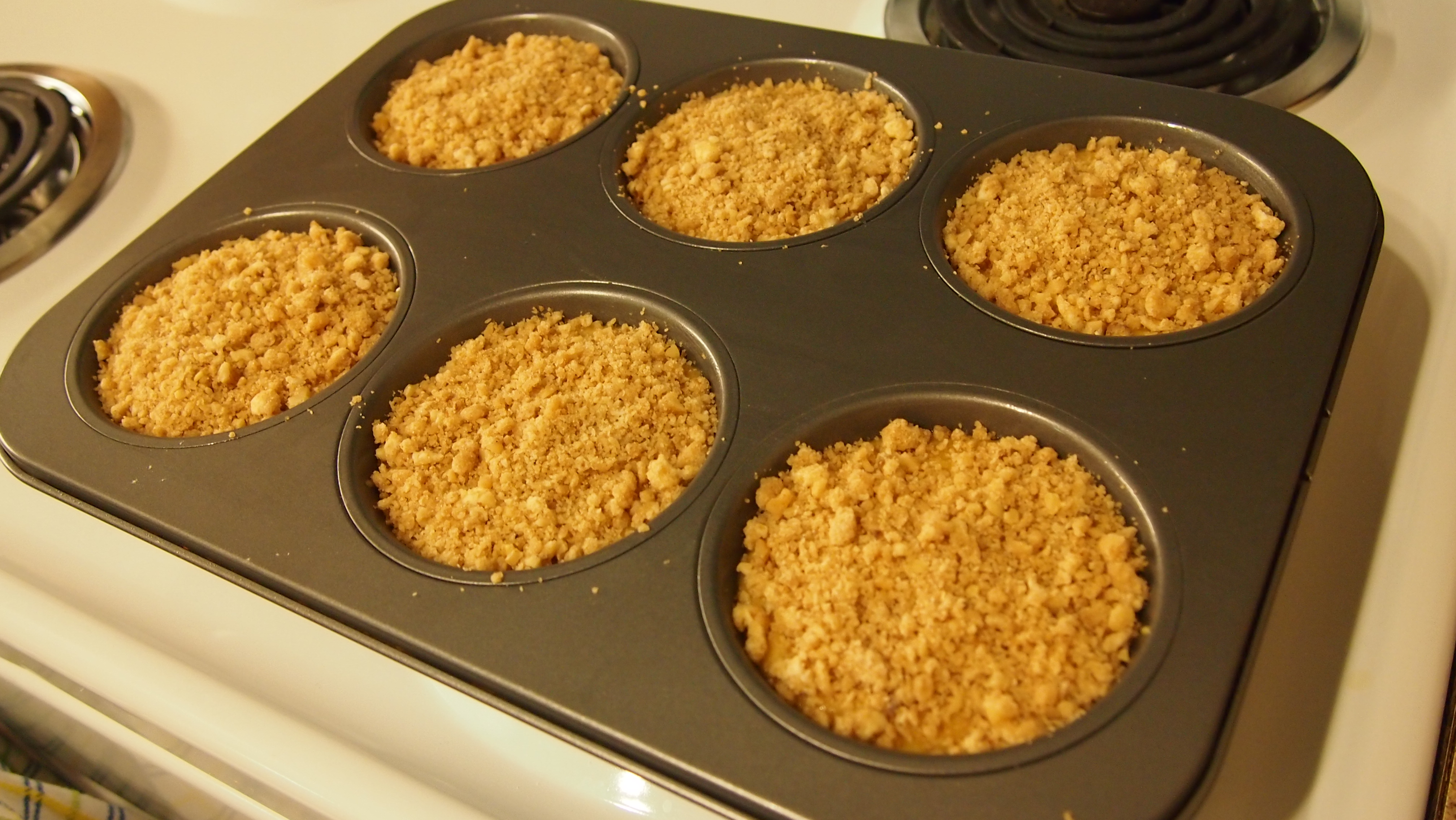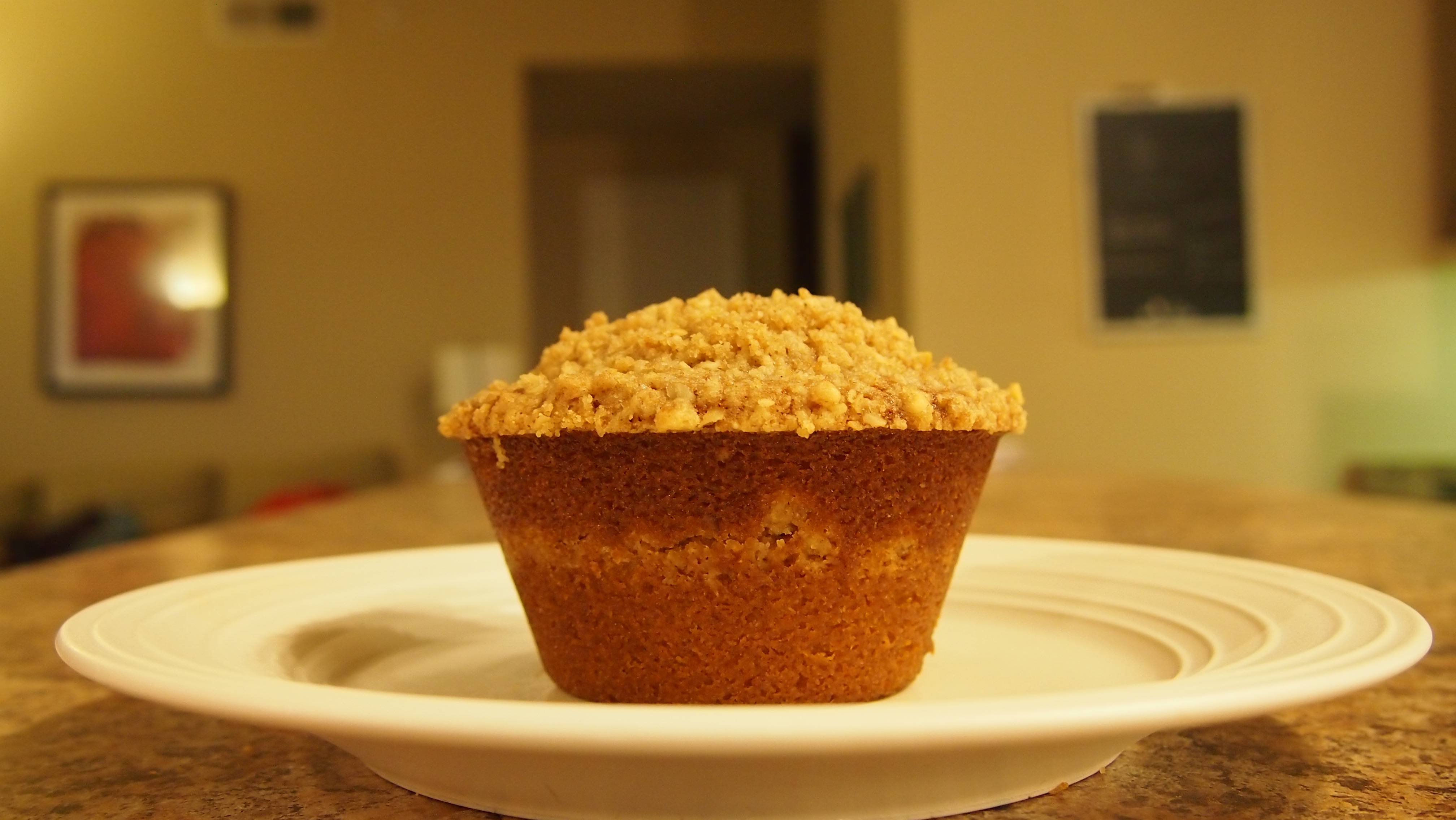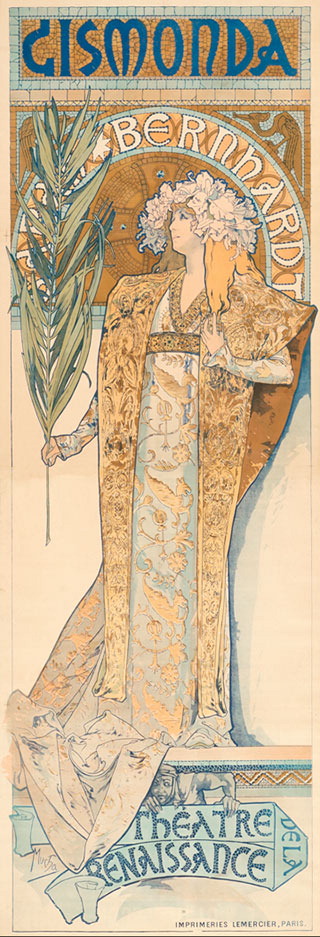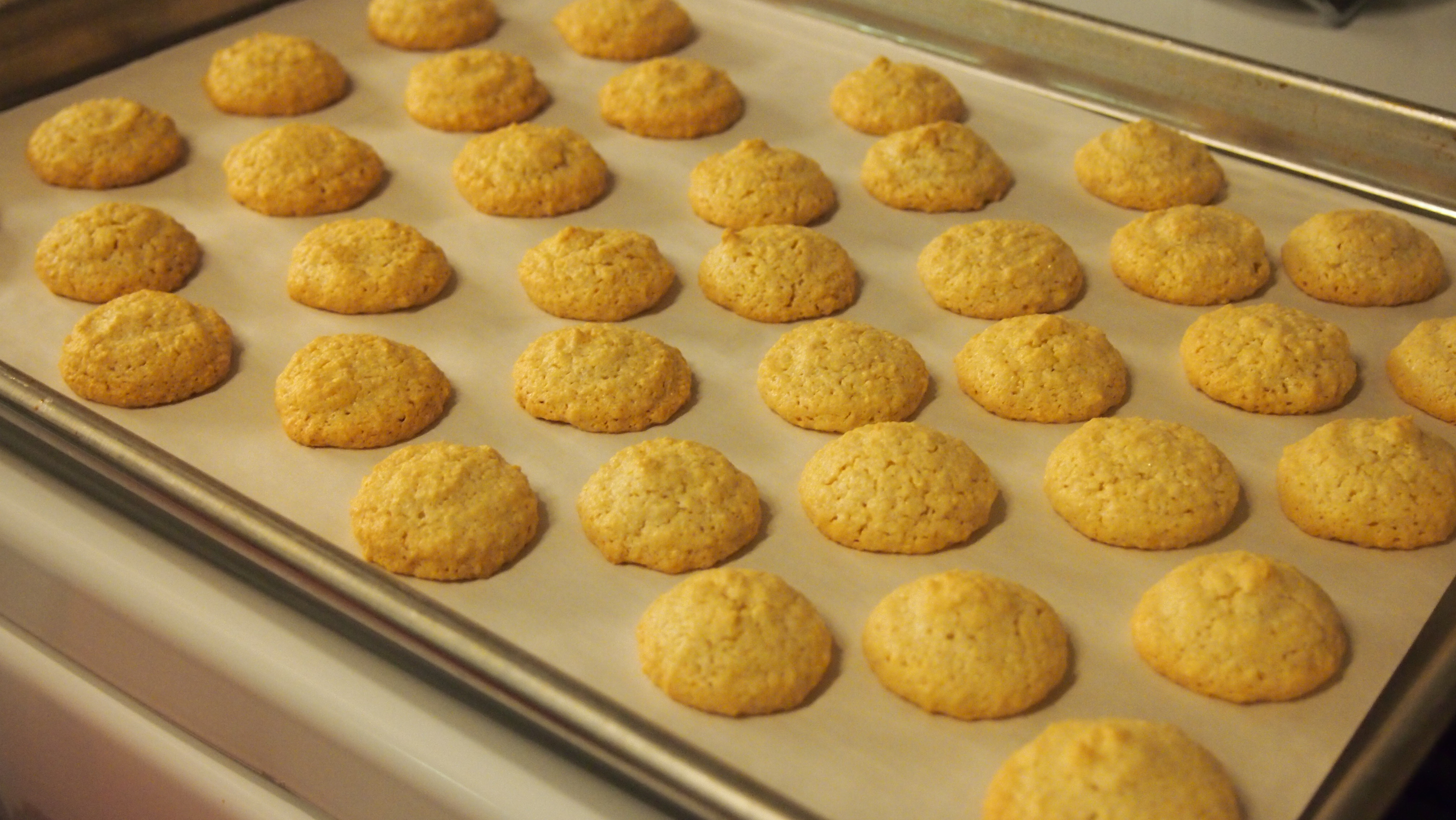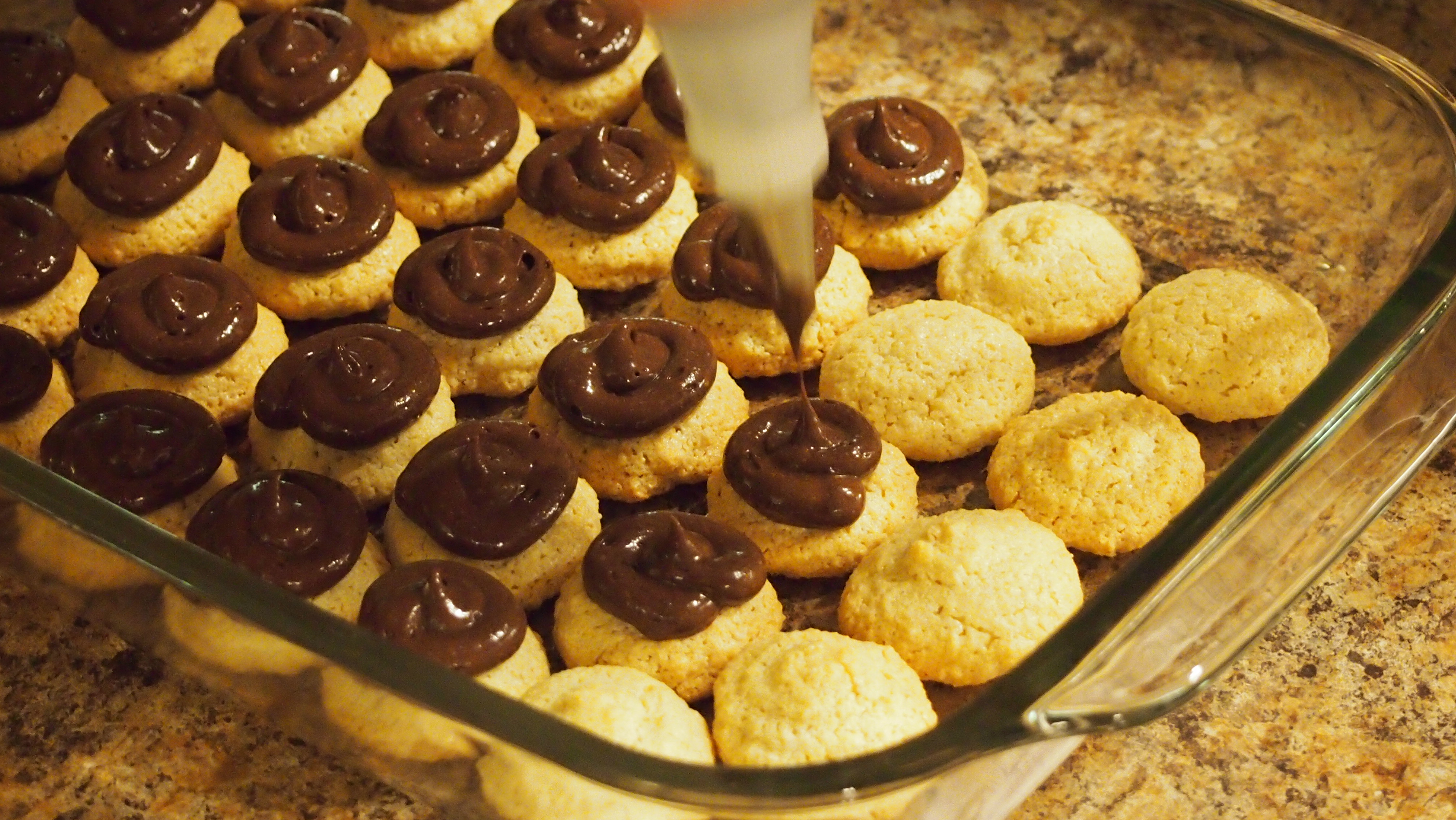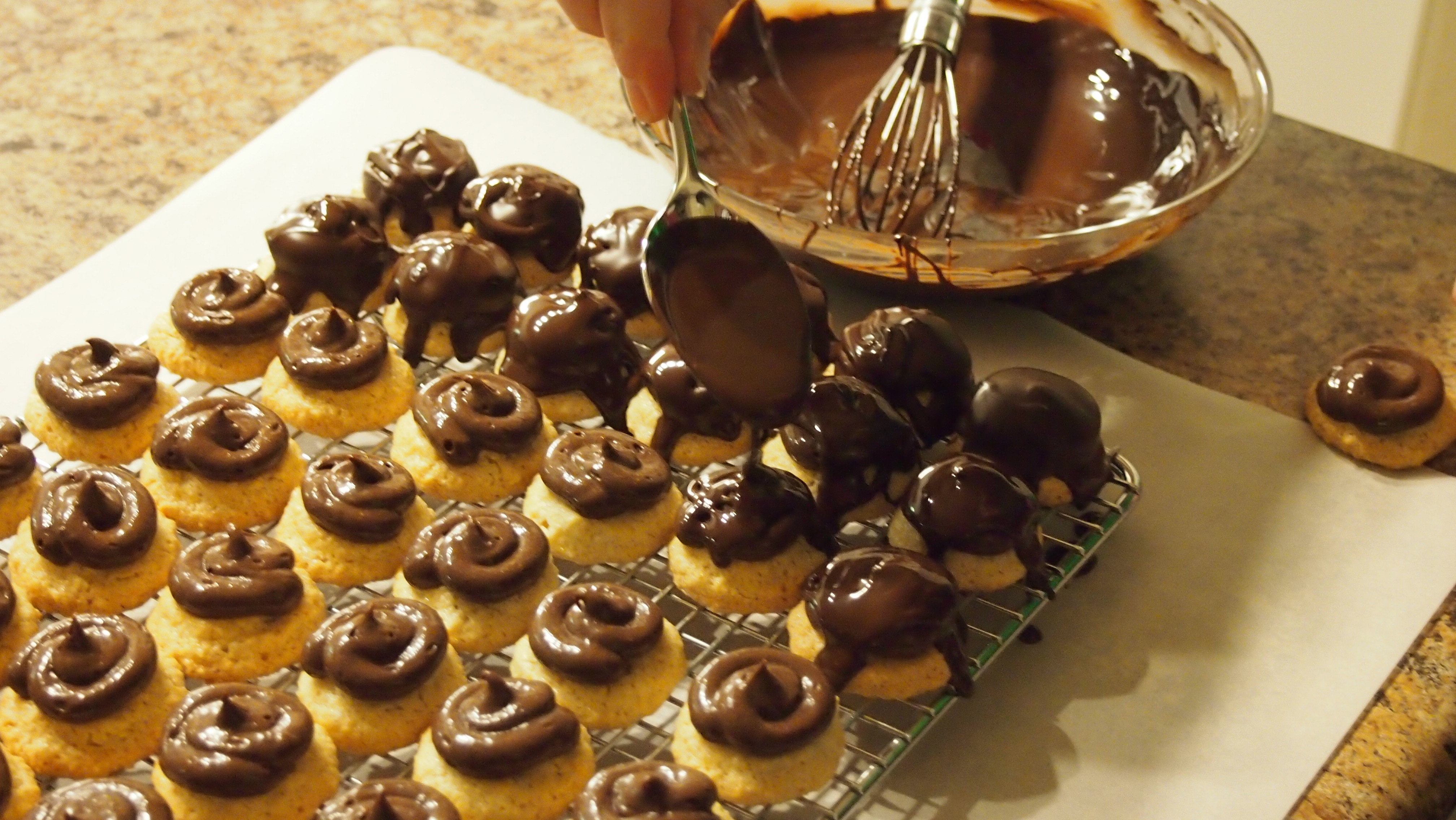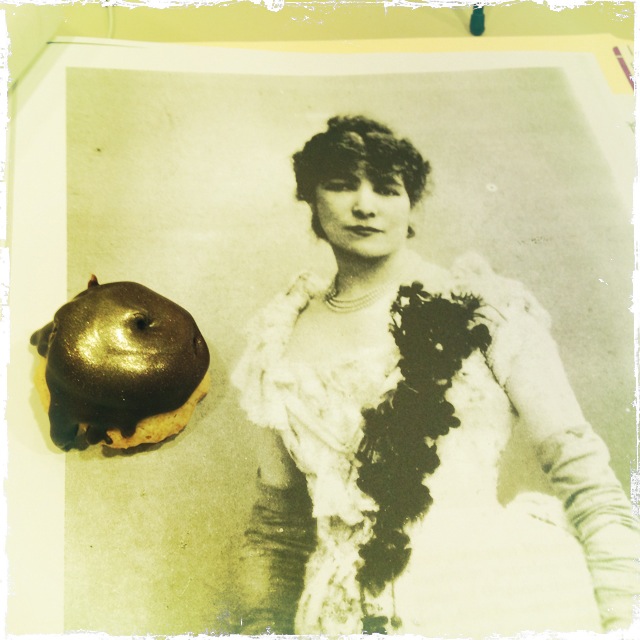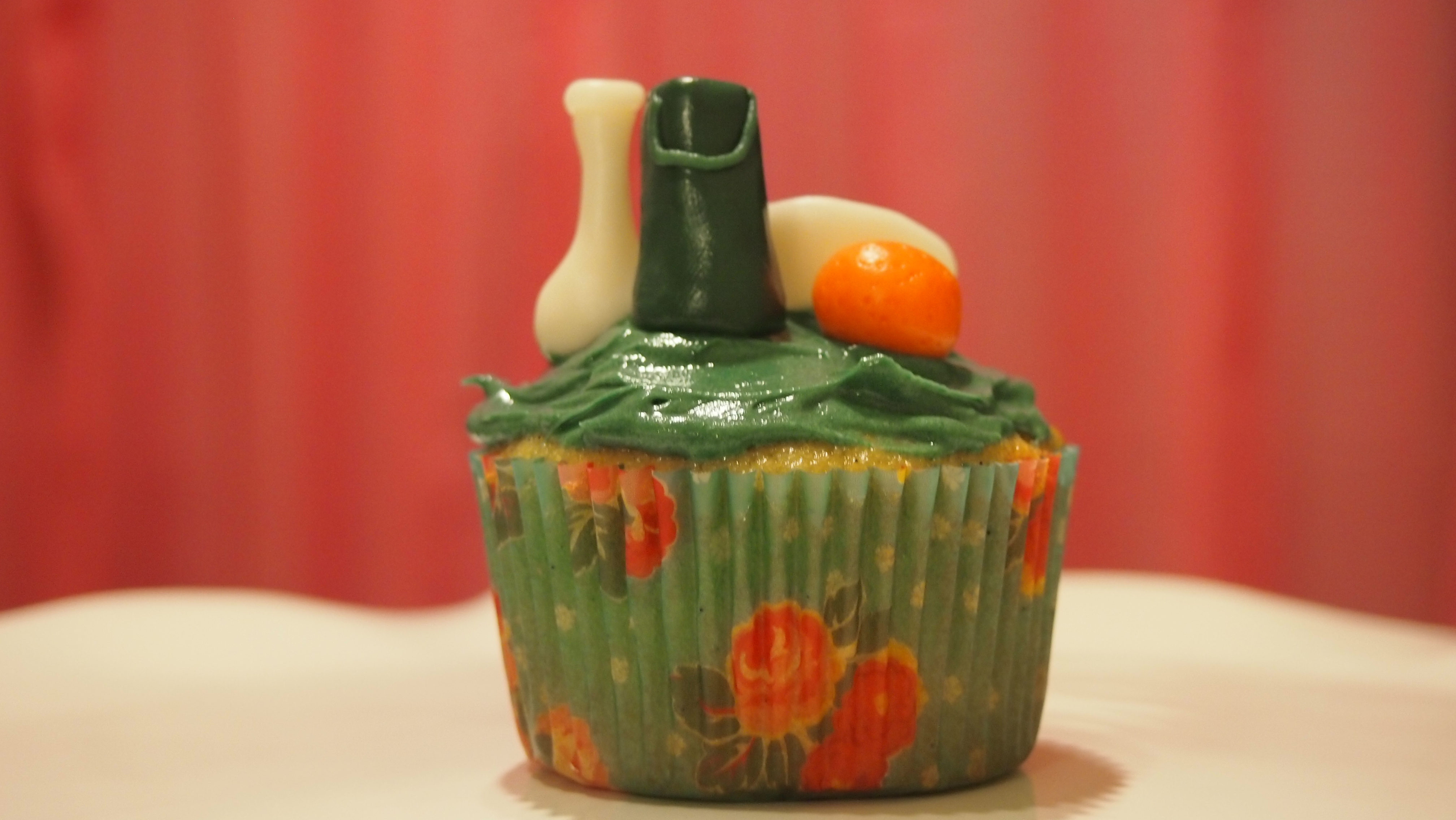The Roaring Twenties continue to hold a certain allure in pop culture today, with movies like The Great Gatsby providing just one recent example. The era was not only one of glamour and excess, but also one of innovation and modernization, characterized by new inventions, new music, and the “New Woman,” who had greater freedom than ever before. The booming economy provided the average consumer with extra money to spend, and the advent of mass advertising ensured that name brands were in high demand. Razor, the DMA’s iconic 1924 painting by Gerald Murphy, perfectly embodies this period: the matches, pen, and razor would have been easily recognizable and understood as the necessary accoutrement of the modern man. As part of this burgeoning commercial era, newly available food products like boxed cereal and marshmallows became a favorite addition to recipes of the time, which focused on quick yet dainty dishes that could be easily whipped up by the busy working girl. Try out this month’s vintage recipe and and see if you find it just as nifty as the decade itself.
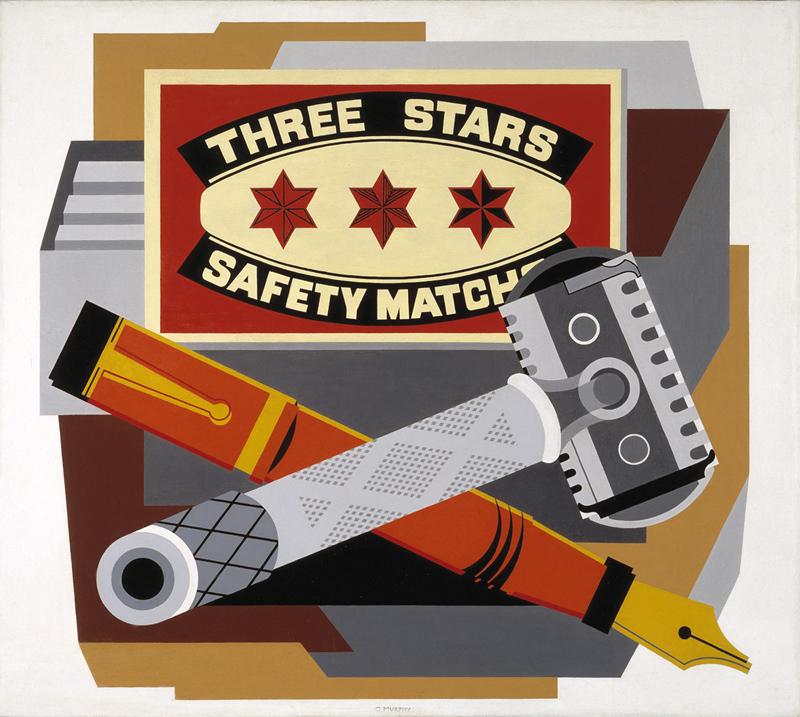
Gerald Murphy, Razor, 1924, Dallas Museum of Art, Foundation for the Arts Collection, gift of the artist
Cornflake Cookies
Yields about 24 cookies
Level: Easy
¾ cup packed brown sugar
¼ cup white sugar
4 egg whites, room temperature
pinch of salt
1 teaspoon vanilla
1 cup toasted walnuts, finely chopped
1 cup cornflake cereal, crushed
1 cup marshmallows
½ cup chocolate chips (optional, for additional sweetness)
Preheat oven to 325° F. Line rimmed baking sheet with parchment paper.
In small bowl, stir together brown sugar and white sugar. In the bowl of a stand mixer fitted with whisk attachment, beat egg whites on low until frothy, about 30 seconds. Add salt and vanilla. Continue beating on medium-high, slowly adding sugar, until stiff peaks form. Watch closely to ensure whites are not over-beaten.
In separate bowl, mix together chopped walnuts, cereal, marshmallows, and chocolate chips if desired. Gently fold nut mixture into batter with a rubber spatula until evenly incorporated. Batter will be thick and sticky.
Drop batter by large spoonfuls onto prepared baking sheet. Bake 11-13 minutes until tops are crinkled and golden, watching closely to ensure cookies do not brown. Allow to cool slightly on baking sheet then transfer to metal rack to cool completely.
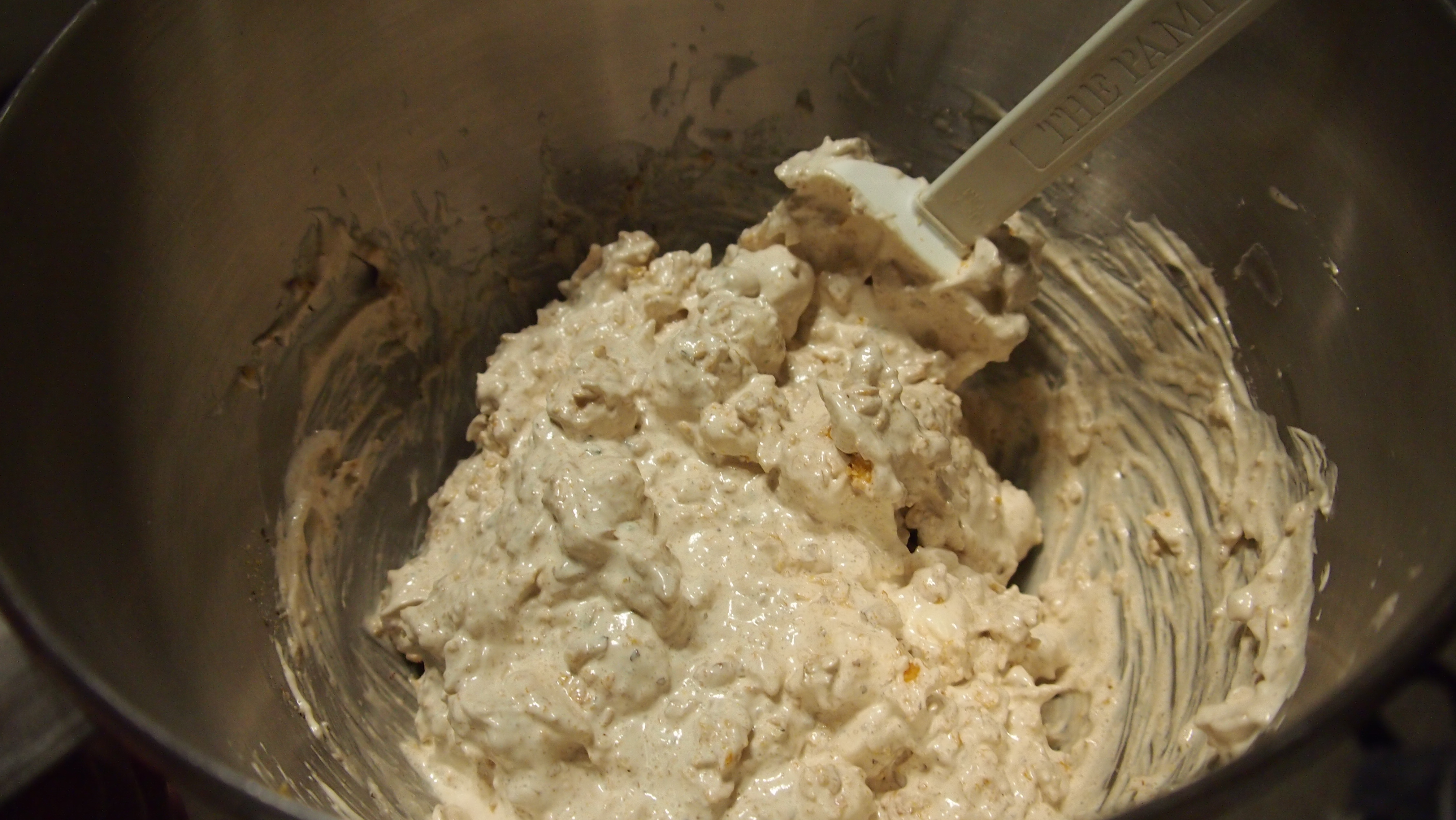
Finished batter
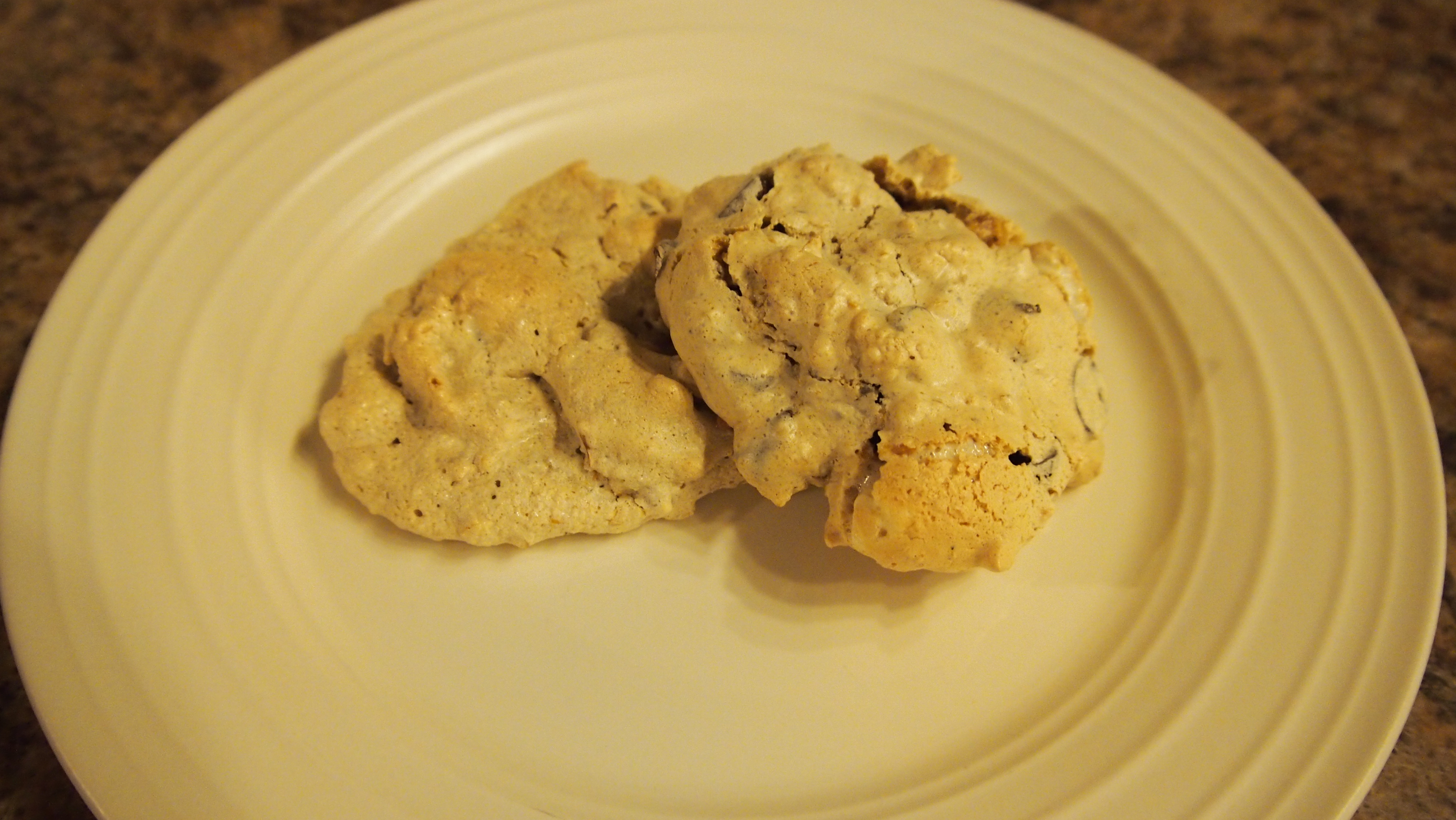
Recipe adapted from Fashionable Food: Seven Decades of Food Fads.
Sarah Coffey
Assistant to the Chair of Learning Initiatives
